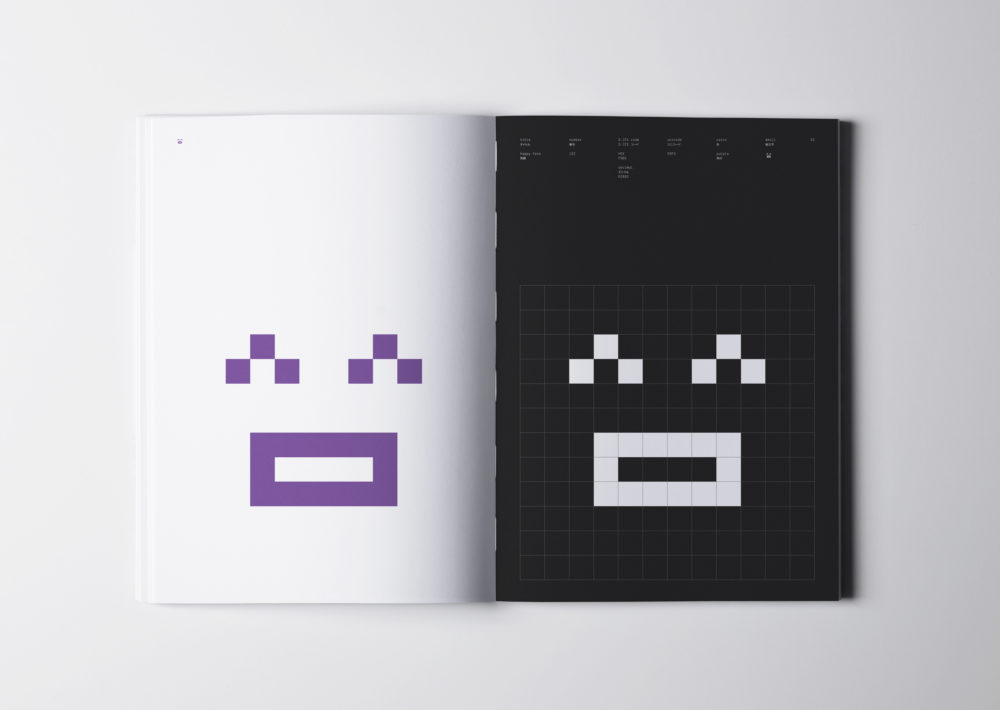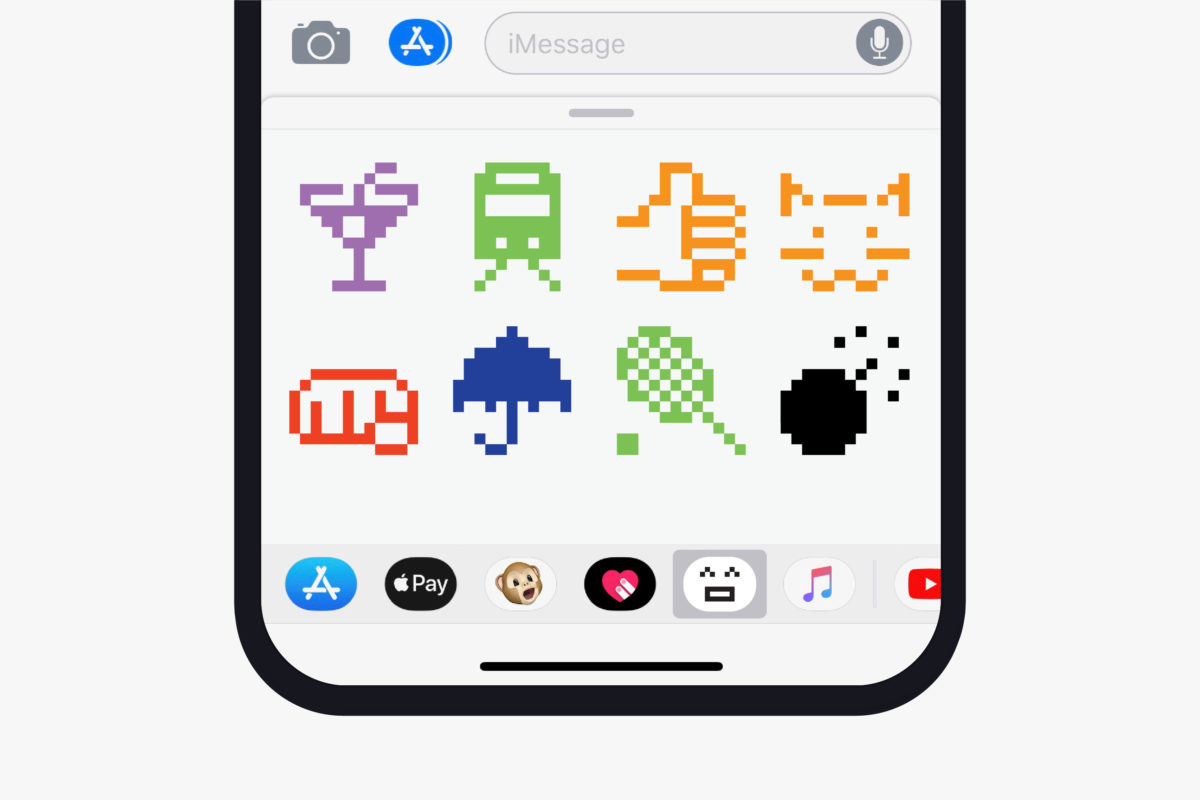Emojis can do more than just spice up text-based communication. Each one carries a bit of internet history.
Brooklyn-based publishing imprint Standards Manual, headed by graphic designers Hamish Smyth and Jesse Reed, is aiming to bring that history straight into homes and phones.
A Kickstarter campaign launched Monday gives customers the chance to experience the 176 original emoji that are ancestors to today’s brightly colored icons in the form of a keyboard extension and a hardcover book, entitled Emoji.
We're excited to introduce our new book, Emoji, designed by Shigetaka Kurita, Japan, 1999. A detailed look at the world's first 176 emoji and the story of a communication phenomenon. Early bird books available on @kickstarter. https://t.co/iPc0KQsxMs pic.twitter.com/oF0lkqtNh0
— Standards Manual (@standardsmanual) April 30, 2018
Emoji is Standards Manual’s seventh title that Reed described as “trying to document and preserve design history.” The book will contain large-scale renderings of each original emoji, as well as design sketches and notes.
In 2016 the Museum of Modern Art acquired the original set of 176 emoji, which was created by then-25-year-old Shigetaka Kurita in 1999 during his work for Japanese telecommunications giant DOCOM for use on pagers. This was the first-ever instance of Unicode being assigned to emoji characters.
Apple was still more than a decade from including its first set of emoji for the iPhone, which it did in 2011.
“It was the birth of what we now know as a global phenomenon of communication,” Reed said. “They’re a part of design history that needs to be preserved, that’s the common thread for our books.”
The imprint’s two founders were drawn to the project because of the nature of emojis as “accidental masterpieces” and the unique combination of design, tech,and culture each image represents.
“From a design perspective, it’s a perfect example of minimalism or reductive design,” Reed said. “The idea of simplifying a purse or a smile down to a dozen pixels is so phenomenal when it’s still something everyone would recognize.”

A look inside a new book covering the history of emoji. (Photo courtesy of Standards Manual)
For those who might not see the need to document the evolution of a tiny picture that lives on a keyboard, Reed says the purpose is self-evident in the importance of other logos and icons across technology.
“Some people might not consider emoji graphic design, but it’s a big part of visual communication,” Reed said as he pointed to icons like the ubiquitous mouse and search symbols that are part of people’s daily digital experiences worldwide.
“It might be ironic to be printing something on paper that was meant for the screen,” Reed said. “But technology is hard to preserve and we wanted a good way to archive this material, so you have to give ink and paper some credit.”
The throwback keyboard extension, available from the App Store and on Google Play, was developed with New York-based W&CO and will be the first time original emoji are available on smartphones in the Western world.
The Emoji Kickstarter campaign for the hardcover book and keyboard extension launches Monday and runs through the month of May.
Support by June 1Join the conversation!
Find news, events, jobs and people who share your interests on Technical.ly's open community Slack
